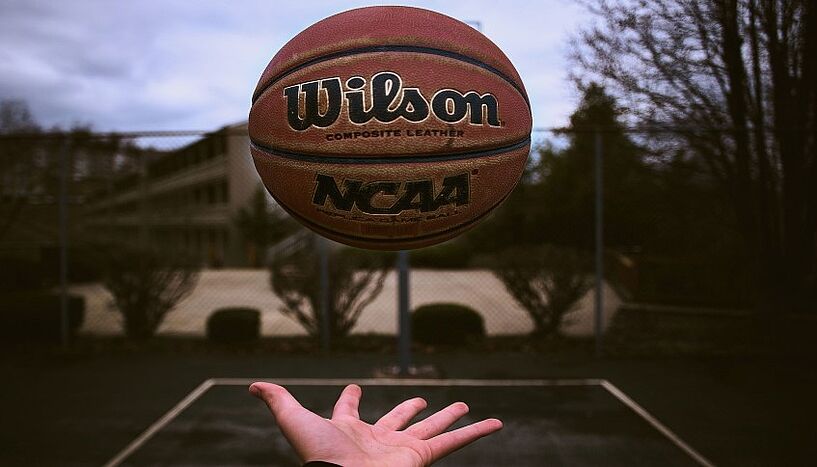Athletes with a pre-performance routine perform better
11. November 2021
Pre-performance routines provide advantages in sports (© pixabay)
The use of a routine before performance provides substantial advantage in sports
Many great athletes have a routine they do right before they perform. But does this routine indeed help their performance? Anton Rupprecht and Ulrich Tran from the Faculty of Psychology and sport psychologist Peter Gröpel from the Department of Sport Science have now meta-analyzed data across different sports and skill levels. The results support performance benefits of a routine for novices and elite athletes alike. The study appears in International Review of Sport and Exercise Psychology.
A pre-performance routine (PPR) refers to a set of task-relevant thoughts and actions an athlete systematically engages in prior to performance execution. Michael Jordan, one of the greatest basketball players of all time, was well-known for such a routine. Before a free throw, he used to take a shoulder width stance, spin the ball in his hands, bounce the ball three times, and then spin the ball once again while fixating the rim before he finally threw the ball. "Routines such as that of Jordan can strengthen concentration and help to dive into optimal mental state for performance" explains Peter Gröpel, senior author of the study and sport psychologist at the Department of Sport Science. "It seems an advantage to use a PPR. We often use this type of intervention in the field."
But how effective are the routines, what type of routine works best, and which athletes benefit the most? To answer these questions, the research team gathered and meta-analyzed data from 15 different sports and 800 athletes. The athletes’ performance significantly improved from before to after learning and applying a PPR. Moreover, performers with a PPR outperformed their counterparts who were not using a routine. These effects were observed both in laboratory and actual competitions, in situations with and without pressure, and were independent of athletes’ age, gender, and skill level, the type of routine, and the time necessary to learn the routine. In other words, most routines worked for most athletes.
"What we have seen is that using a PPR improves performance regardless of how simple or complex the routine is," explains Gröpel. "It is of advantage in any sport task which allows a few seconds of preparation time, such as service in tennis or putt in golf. We have observed positive effects across a variety of sport tasks, age classes, skill levels, and for both genders." These results may encourage athletes, coaches, and sport psychologists to learn and apply pre-performance routines in their practice. Novices may benefit from routines in learning complex motor tasks just as subelite and elite athletes could facilitate their skilled performance under competition pressure.
Publication in International Review of Sport and Exercise Psychology:
Rupprecht, A., Tran, U.*, & Gröpel, P.* (2021) The effectiveness of pre-performance routines in sports: a meta-analysis. *Shared last authorship.
Wissenschaftlicher Kontakt
Ass.-Univ.-Prof. Dr. Peter Gröpel
Institut für Sportwissenschaft1150 - Wien, Auf der Schmelz 6a
+43-1-4277-48820
peter.groepel@univie.ac.at
Rückfragehinweis
Mag. Alexandra Frey
Media Relations ManagerUniversität Wien
1010 - Wien, Universitätsring 1
+43-1-4277-17533
+43-664-8175675
alexandra.frey@univie.ac.at
